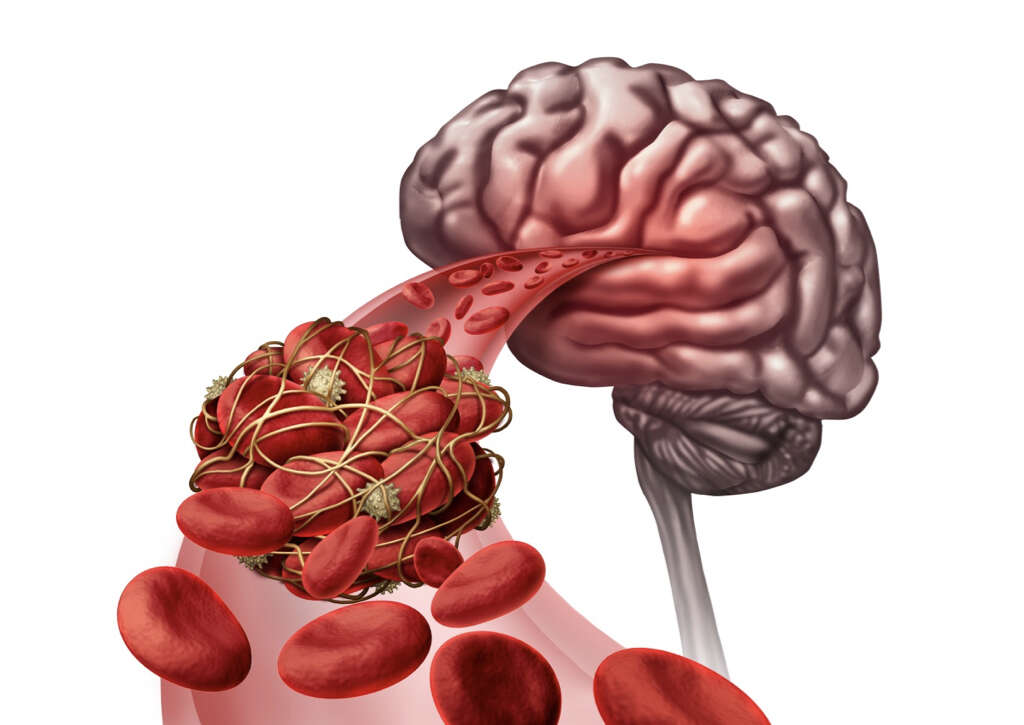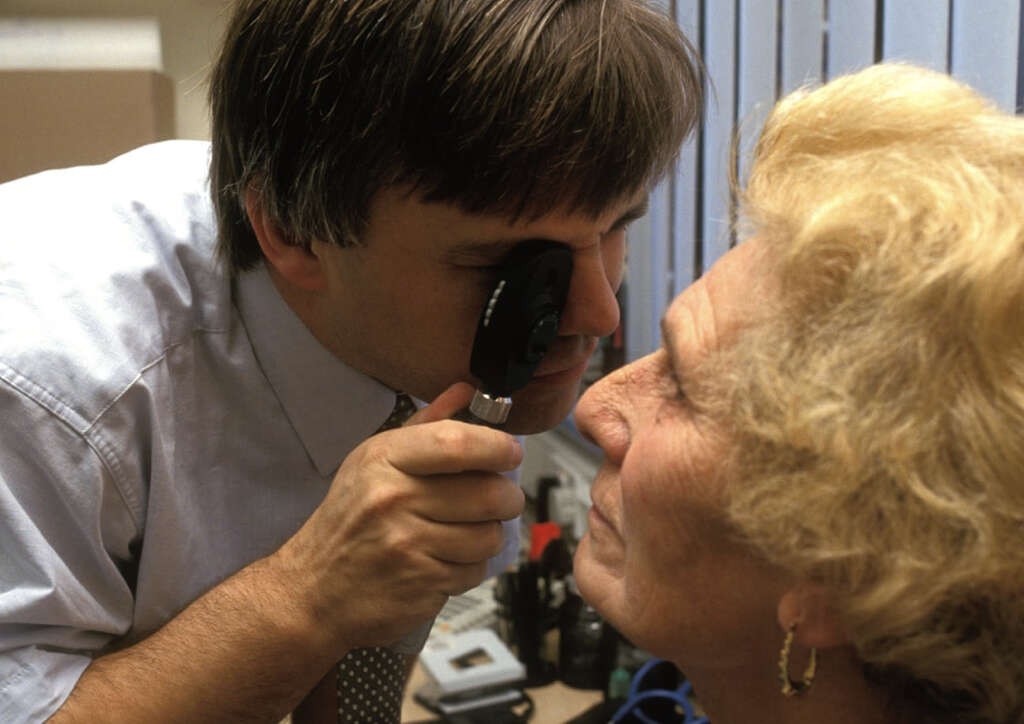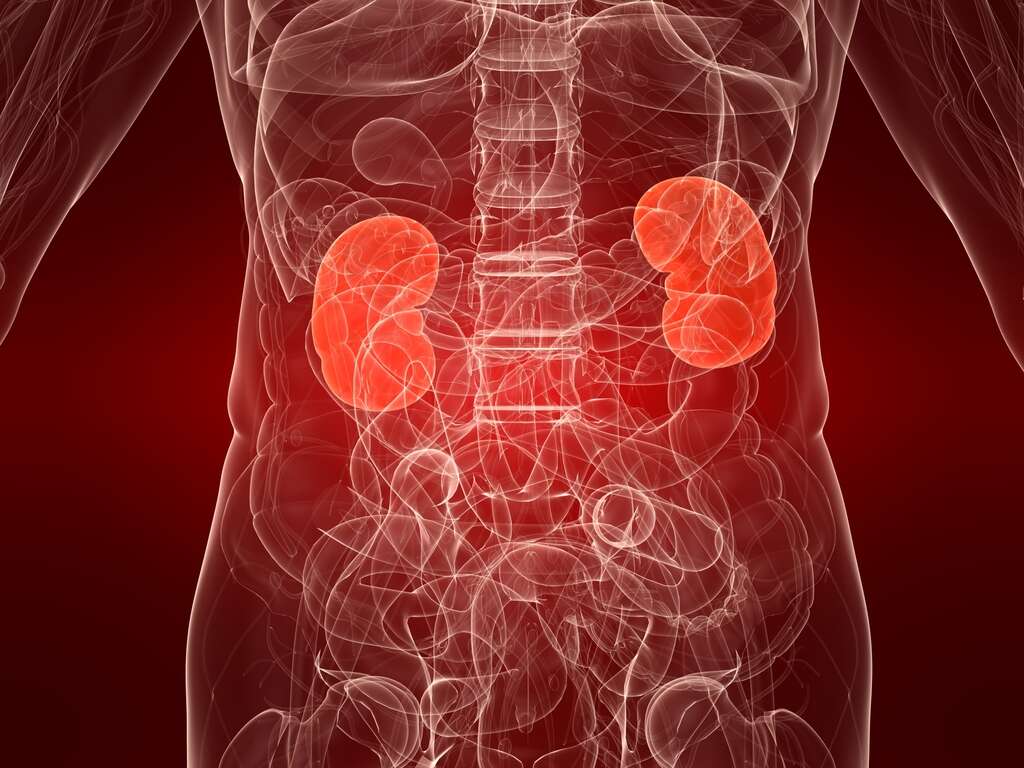What Is Giant Cell Arteritis?
As we age, it is not unexpected to suffer some deterioration in the body. It becomes harder to keep muscles tight, the extra weight off, and even enjoy some foods. Certain health problems also tend to develop and become worse as we get older. This diminishing quality of life is accepted as a standard for all living creatures as they enter into the final stages. Some conditions can however be more random, affecting an unpredictable number of seniors without rhyme or reason.
Giant cell arteritis (GCA) is one of the most common vasculitis conditions that plague people over the age of 50. It can be difficult to diagnose due to its diverse range of symptoms that can easily be attributed to many other conditions. However, if caught early, it is highly treatable and can have a good prognosis.

1. Overview
Our cardio systems play a very important role in keeping us healthily alive. The incredible network of blood vessels gets much-needed blood, that carries oxygen and nutrients, to various parts of the body. When these blood vessels are inflamed or damaged, it compromises their functionality and can risk the life of the organ or part of the body being fed.
Vasculitis refers to the inflammation of blood vessels. It is an autoimmune condition whereby the body’s own immune system attacks blood vessels mistakenly. GCA is a form of vasculitis which sees the blood vessels that feed the brain and head becoming inflamed. These are the temporal arteries. To a minor extent, this condition can also affect other medium to large-sized arteries that supply blood to other parts of the body.

2. Causes
Understanding the cause of illnesses helps in the development of treatments and preventative measures. The more information we have about conditions, the better able we become at handling them. With GCA, the causes are however not clear. To some extent, this condition has been found to have a genetic component. This means specific groups are more likely to be affected.
When blood vessels are inflamed, they swell up and develop narrower passages. This means less blood gets to where it is supposed to go. The reasons behind these inflammations, and why it predominantly happens to the temporal arteries of the head is unknown. There is however some suggestion that prolonged use of some antibiotic medications could be linked. Its rarity amongst those younger than 50 years could also make it age-related.

3. Head Pain
Conditions like GCA come with a wide range of symptoms that often cause confusion as to what ailment is being suffered. One of the most common symptoms is headaches. The pain can often be quite severe and tends to occur in over half of cases. Temporal arteries feed the temple areas on either side of the head, just above eye level. Many sufferers report feeling a throbbing sensation.
This pain may also be accompanied by a visible bulging of the blood vessels in this area and the scalp. The skin around these areas may feel tender and appear reddish. Similar pains can also be experienced if the GCA is affecting arteries in such areas as the arm or legs. If prolonged, it can result in thinning of the arterial wall that can put a person at risk of suffering an aneurysm.

4. Vision Problems
Interference in blood supply can badly affect certain organs. Without sufficient oxygen and nutrients, they may not function as expected, and cells may die. Temporal arteries deliver blood to the eyes and when compromised, can lead to vision problems. GCA sufferers are especially vulnerable to this problem. Early intervention is often needed to avoid temporary double vision from escalating into blindness.
Double vision makes people see two images of the same object. Temporary vision loss can also occur, with the effects often more pronounced in one eye. Early diagnosis and treatment can help reverse these effects, but if left unattended, can become permanent blindness in at least one eye. This happens in as much as 25-50% of untreated cases.

5. Weight Loss
Trying to lose weight can be difficult. It often requires making adjustments to diet and increasing physical activity. With GCA, weight loss is however often unintended. The discomfort of this condition often makes it difficult to take pleasure food. Since eating involves engaging the jaws and muscles of the head, many sufferers are already put off by the pain. Chewing can often become unbearable, leading to those with GCA preferring not to eat at all.
Coupled with other symptoms like fatigue and loss of appetite, it is not uncommon to see GCA sufferers shed weight unknowingly. Tackling the pain and discomfort in the head is important in allowing these people to return to normal eating patterns. This issue is also important as eating less food can mean delivering even fewer nutrients to parts of the body that need them for normal cell function.

6. Diagnosis
Multiple approaches are taken in trying to diagnose GCA. Because there are other likely conditions responsible for symptoms experienced, a more comprehensive approach is used in diagnosis. This often begins with a physical exam of the head. The doctor will likely feel around to ascertain if there is tenderness around the arteries. This is often coupled with several blood tests. Some of these check on how well the liver is working, red blood cell activity, and protein levels.
An ultrasound may also be performed to identify the extent of the damage. The most effective diagnosis is however normally achieved through a biopsy. This means taking a sample of tissue or cells from an artery for analysis. Though it may sound scary, a biopsy is often very simple and carried out painlessly as an outpatient procedure under local anesthesia.

7. Early intervention
Prolonged inflammations can cause serious harm to the body. When it comes to inflammation of blood vessels, it means poor delivery of blood to various tissues and organs. When there is an extended deprivation of sufficient oxygen and nutrients, cell damage can be irreversible. GCA patients that fail to get diagnosed in good time will often suffer problems such as permanent vision loss.
Steroid therapy is often the standard treatment for GCA. Because early treatment is so important, steroids may be prescribed even before a full diagnosis is achieved. This means patients may be prescribed steroid meds awaiting the results of biopsies. This is considered less risky than allowing the condition to carry on unabated while potentially causing permanent eye damage.

8. Polymyalgia Rheumatica (PMR)
It is not uncommon for certain conditions to share some overlap. PMR is another inflammatory disease that is closely linked to GCA. About half of GCA sufferers are also afflicted by PMR. In turn, about a fifth of PMR sufferers are diagnosed with GCA. There are about 3 times as many PMR sufferers as GCA patients.
Both these conditions respond well to steroid therapies. PMR occurs more often in women over the age of 70 years. PMR symptoms typically include muscle discomfort and soreness. Common symptoms with GCA include pain and stiffness in the shoulders and hips.

9. Ethnicity and Gender
Some medical conditions can happen to just about anyone. Others seem to have a genetic component that makes specific groups of people more likely to be afflicted. With GCA, there does indeed seem to be a genetic predisposition. While the disorder can arise in any race, it does seem more prevalent amongst people of Scandinavian descent or from Northern Europe.
The condition can run in some families, making it important to be aware of family medical history. The overall majority of sufferers also tend to be over the age of 50 years. However, the average onset can be as late as 72 years of age. More women than men are diagnosed with this condition. As much as 2 to 3 times more women can suffer the condition in some places.

10. Managing Temporal Arteritis
GCA is a condition that easily recurs. Steroid therapy has proven very helpful in reducing inflammations, although these treatments tend to be prolonged. Corticosteroids work well in dampening inflammations, with blood vessels often returning to normal within a month. Sufferers will however need to keep taking the medication to control the inflammation. This can be for as long as 2 years.
If after some time the inflammation returns, the patient will likely be prescribed an even higher dose of steroids and other medication. Steroids do cause bone loss, which can be particularly devastating in seniors. Bone health medications are usually prescribed alongside steroids to help reduce the risk of fractures.












